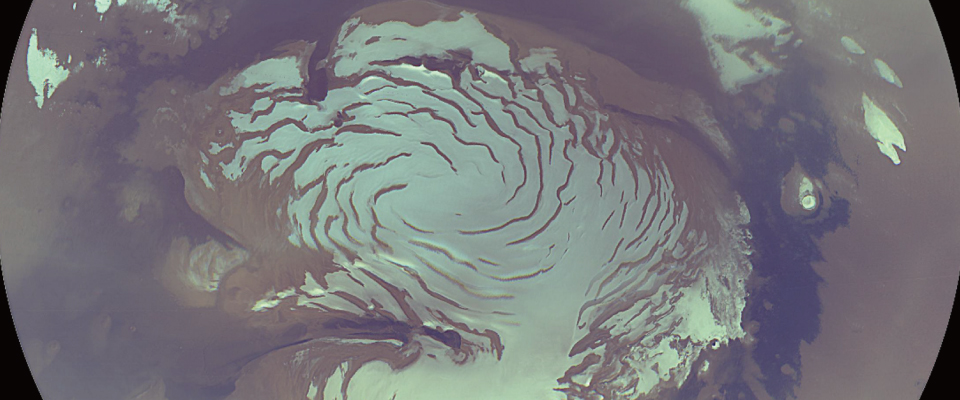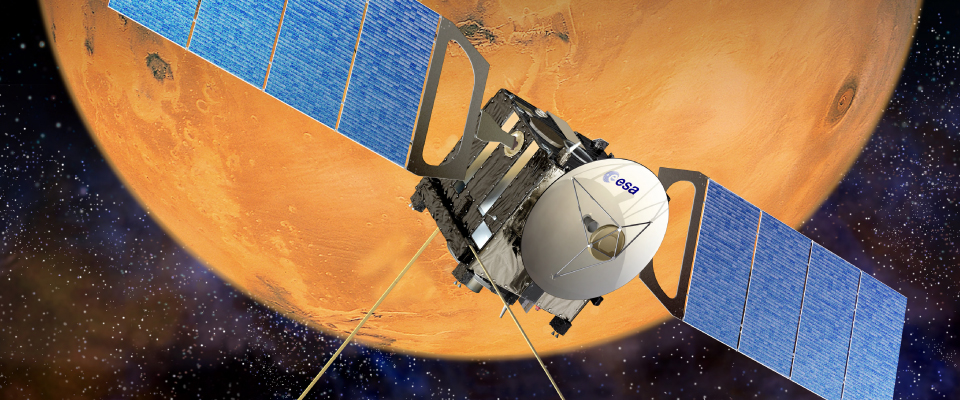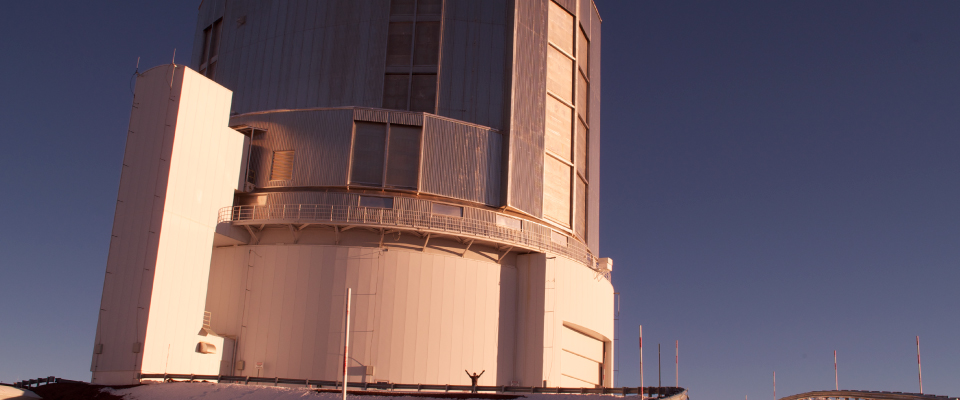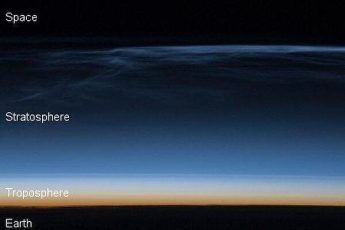Mars General Circulation Model

Mars has colder environment in comparison with Earth, with dry and thin atmosphere, rough topography, seasonal CO2 ice cap, and dust storms which sometimes expand to planet-encircling. On the other hand, there are many topographic evidences which indicate the existence of rich liquid water on the surface of old Mars. Most of the water is thought to be escaped into space by interactions with the solar wind, while not a little water has been found in the north polar cap and underground. We have developed a Mars General Circulation Model named DRAMATIC (Dynamics, RAdiation, MAterial Transport and their mutual InteraCtions), based on the terrestrial atmospheric model developed in the Univ. of Tokyo, NIES and JAMSTEC, by introducing some physical schemes specific on Mars such as the radiative effects of CO2 and dust and the phase changes of CO2. The model well reproduces the seasonal changes of temperature field, surface pressure and CO2 polar ice distribution, and has been used for the investigations of atmospheric dynamics such as the change of atmospheric circulation in different dust opacity. Moreover, we are starting the implementation of the material transport schemes such as water and CO2 ice clouds, and have reproduced consistent distributions of water vapor column density and hygropause with observations. We have also reproduced consistent seasonal and latitudinal distributions of CO2 ice clouds in middle atmosphere (higher than ~50 km) with observations. We have also implemented the HDO cycle for the future observations of the water isotopic ratios on Mars, and have reproduced consistent seasonal and latitudinal changes of HDO/H2O ratio distributions with the previous theoretical studies.





